Mindfulness - what it is and what it isn’t
It’s not about being permanently calm
A state of unruffled tranquility might sound good, especially when we’re stressed – but mindfulness is actually about being with our experience just as it is – whether it’s still and spacious or wildly distracted. It’s how we relate to our experience that holds the potential to transform things. A sense of calm can arise, but striving for that as a special state is a red herring. Mindfulness is an honest practice.
It’s not a technique
Mindfulness is more a way of being than a technique you use. We all have the inherent human capacity for mindfulness – and developing it can bring about a radically new way of being with the whole of your life.
It’s not about escaping problems
With mindfulness we learn to lay out the welcome mat for the whole of our experience – whether it’s pleasant, unpleasant or dull. When we’re with unwanted or painful experience, we tenderly ‘turn towards’ it – which seems counter-intuitive – yet this unwinds the human tendency to push away unpleasantness (which doesn’t work). This helps us open up to a more compassionate, resilient life where we can be with problems in a different way. Turning towards our lives makes mindfulness the least escapist thing you could do.
It’s not cool and aloof
With mindfulness we come closer to life – dropping out of the ruminating, over-thinking mind and into the body and heart. We deliberately cultivate awareness imbued with compassion towards ourselves, others and the world around us – helping us to become warmly connected with life.
It isn’t difficult…. and it’s not exactly easy
Paying attention to our experience in the present moment sounds easy – and in many ways mindfulness is simple. However, in practice we find that our mind does its own thing - sometimes leaping about like a monkey in a tree. We may have the intention to practice mindfulness, but then find we don’t get around to it. You could say that the mind has a mind of its own! We can benefit from a patient, kindly and persistent approach.
It’s not about making your mind blank
It’s natural for the mind to produce thoughts and these will continue during meditation. The opportunity is to step back from thoughts and drop into our immediate, embodied experience – waking up to life’s richness. We can also learn what makes us tick by becoming curious about where our mind takes us.
It’s not about passive acceptance!
Developing mindfulness means we can see things more clearly – and sometimes that means we notice what needs to change in our lives – even that we ourselves might need to change. Instead of accepting things in a passive way, we can begin to make necessary changes for the wellbeing of ourselves and others. With mindfulness we respond creatively to our situation – acting from a place of choice rather than habit.
It isn’t neuroscience
There’s a wealth of research into the benefits of mindfulness – including its impact on the brain. However, the practice of mindfulness is more of an art – and that involves intuition, nuance and delicacy.
It isn’t religious
Mindfulness is an innate quality of the human mind – and honing that capacity is available to everyone whether they have spiritual or religious beliefs or not. However, mindfulness is drawn from spiritual traditions. It’s notably part of the Buddhist path, where it sits alongside ethics and wisdom. If you’re interested in this, you might like to find out more.
It’s not a magic pill
We live in a world of quick fixes – and this can be alluring when you’re suffering and want a rapid solution. The research shows us that mindfulness works, an 8 week course can make a big difference, but the attitude you bring to it really matters. The qualities of patience, openness and gentle effort pay off. All good things take time.
I hope you find this helpful - and enjoy discovering more about mindfulness for yourself.
